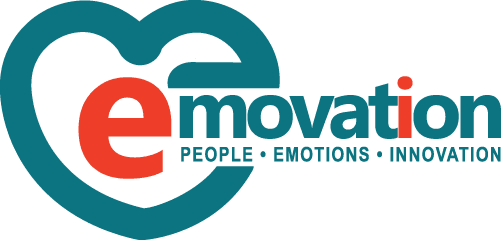The new world requires new competencies aligned with organizational mission and vision and anchored on strategic performance management systems. This entails building long-term learning and development initiatives to bridge the much-needed upskilling and retooling for private and public entities.
The needs are further emphasized in The Job Skills of 2022 ebook by Coursera. They mention in the ebook, “To build a better long-term future for the global workforce, we need to drive skills development at scale. Managing this transition will require building new strategic frameworks that enable people to learn at every stage of their life—from schooling to careers, and any point in between. Institutions such as governments, businesses, and higher education have a critical role to play in bridging skills and jobs.”
Using emotional intelligence assessments and programs can help you do this.
The Rationale for Using Emotional Intelligence Assessments and Programs
1. Strategic
Utilizing the Genos emotional intelligence assessments and programs will provide a behavioral standard of your expectations to your employees aligned with your company mission, vision, and core values.
2. Administrative
According to TED Talk speaker and Global Culture Leader Karen Eber, data does not change behavior; emotions do.
Our emotional intelligence programs often require a pre- and post-test to see the changes in the emotionally intelligent behaviors of participants. We have seen, observed, and felt immediate but lasting differences from those who took part in the sessions.
3. Developmental
The results of the pre- and post-assessment serve as scientific data to verify the positive changes after the program, which you can also use during performance reviews, especially when it comes to human skills.
In the same Coursera ebook, they mentioned the struggle of institutions in defining human skills, sometimes known as soft skills. These skills may be non-technical, but they are no less valuable or unchallenging to learn than hard skills and are vital to organizational success.
Soft skills include a range of cognitive, social, and emotional skills; for example, creativity, critical thinking, decision-making, and communication are considered soft skills.
On the other hand, you can align particular emotional skills with behavioral traits such as resilience, empathy, and emotional intelligence, and as skills, people can learn them.
Human, hard, and digital skills are vital to each other, and improving one of them affects the others.
The Use of Emotional Intelligence Programs and Assessments in Performance Management
At Emovation, we offer emotional intelligence programs based on skills and behaviors. Because of this, we can create an understanding of how you can play out your organizational goals.
When this happens, your people will know what you expect of them, and you can remove the second-guessing about how they should behave.
Your culture shifts as shared learned skills transmit in the team. You can then align these behaviors to their roles in the organization. This clarity of roles and expectations will result in better performance.
The shift in behaviors can also help propel business performance and productivity. Our programs encourage everyone to be more mindful of the emotions they elicit from others to bring out the best in them. Our programs also promote wellness and well-being—a current and future critical workplace component.
A study conducted in Australia
We all experience a wide range of positive and negative feelings at work as we interact with colleagues, customers, suppliers, and others. These feelings influence our decisions, behavior, and performance in amusing ways.
Positive feelings have a broaden-and-build effect causing us to think more broadly, engage more deeply, and perform better. Negative emotions tend to have a narrow-and-limiting effect causing us to be more closed-minded, less engaging, and poorer at performing. At a collective level, these emotions impact the bottom line.
And in high performing organizations, people experience more positive emotions and fewer negative emotions than those in low performing organizations, as shown in the diagram below:

Source: Leadership, Culture and Management Practices of High Performing Workplaces in Australia: The High Performing Workplaces Index, Boedker C. et al, 2011






Leave A Comment